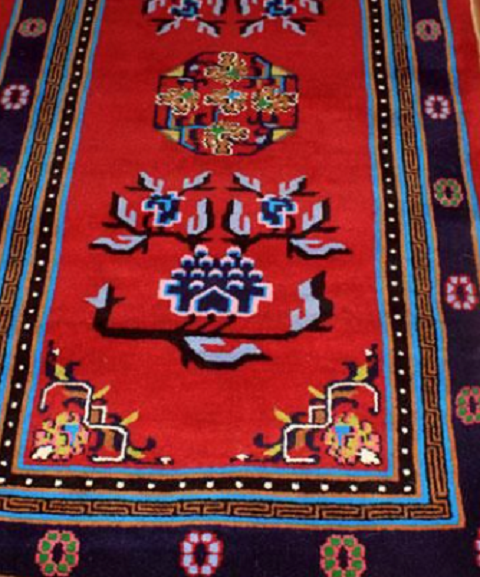The doll making craft of Manipur is called laiphadibi. It is made up of two words: lai, which means god and phadi, which means a shabby piece of cloth. The last syllabi, bi, denotes the feminine gender. So, laiphadibi is a feminine image of god, made from shabby clothes. These dolls are treated as living spirits and called ‘ita’, meaning female companion.
Young children play with these dolls and take their dolls to meet with their friend’s dolls. Although there are no strict rules of who makes these cloth dolls, mostly older women make them. A ritual called boriba initiates a person into doll making, and it involves seeking permission and blessings by offering a nominal fee to the teacher.
To make laidhibi, various colourful materials are required. For example, cloth of various colours—plain white cotton for the face, bright-coloured dress materials for the potloi, colourful beads and sparkly sequins to embellish it, zari fabric for the boswan (a flared-up cloth worn around the waist), net or semi-transparent material for the veil and laces and jewellery. One also needs needles of various sizes, threads, metal wires, glue, stapler and scissors. Old carton boxes, bought in bulk, are used for making the base for the potloi. This piece of attire can also be made with rubber, which is a sturdier material, if the client is willing to pay more.
The heads of the dolls are filled with rags while straws make up the hands and torso. The dolls can be customised based on preference. The smaller details of the eyes, eyebrows, nose and lips are sewn on the face. Hair is made separately before being attached to the head. Once the torso is complete, the makers proceed to dress the dolls with the potloi, which is decorated with beads and laces. The laidhibis on which the embellishments are glued and stapled are cheaper than the ones on which they are stitched.
Lord Krishna is one of the most popular among the cloth dolls to be represented of local deities and dancing figures. However, like most traditional crafts this one too is slowly fading in the face of digital and fast paced machines and toys.
Gallery
YOUR VIEWS
PRACTITIONERS: INDIA
Access 70,000+ practitioners in 2500+ crafts across India.
BIBLIOGRAPHY
10,000+ listings on arts, crafts, design, heritage, culture etc.
GLOSSARY
Rich and often unfamiliar vocabulary of crafts and textiles.
SHOP at India InCH
Needs to be written.






